
By Ian Cushway
April 10, 2018
|
MGF/TF – what is it, and what to look for?
Nice looking, swift, and easy to accessorise, the sporty MGF/TF is a real hidden gem. But there’s stuff you’ll need to know when buying to sort the nuggets from the nails...
Why buy one?
The MGF/TF offers all the key sports car ingredients in spades; grippy mid-engined handling, eager performance and the thrill of being able to enjoy epic hood down every-day motoring without the prospect of expensive running costs. Best of all, they are affordable, parts availability is excellent and owners can personalise their cars to their heart’s content with a range of accessories and upgrades. What more can we say...
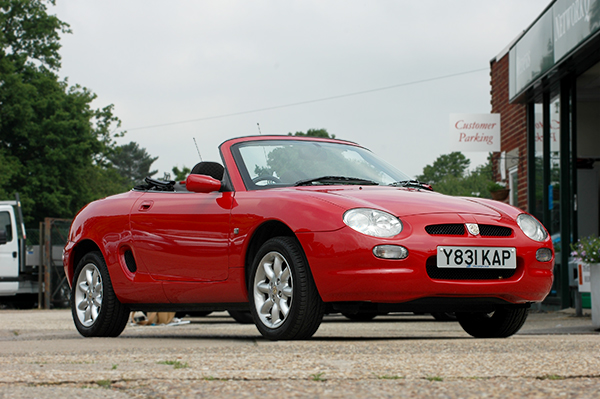
Credit: Image source - Ian Cushway
The basics.
Spawned from the earlier MG-F 16 prototype but with a traditional MGB-like grille, clever Hydragas suspension from the Metro and Rover’s talented K-Series 1.8-litre engine, the MGF first broke cover in March 1995. The motoring press loved it and sales were brisk. A year after launch variable valve timing (VVC) was offered and in 1999 it got better trim and the option of Steptronic CVT transmission. In 2001, set free from the shackles of BMW ownership, the range was extended with a new, entry-level 1598cc 112bhp model and the limited edition Trophy 160SE with uprated engine and suspension.
The big change, of course, came in 2002 with the Peter Stevens’ tweaked TF which had a sleeker body with twin projector style headlamps and traditional coil sprung suspension, the latter being retuned in 2005 to provide a slightly softer ride. Production came to a disappointing halt soon after.
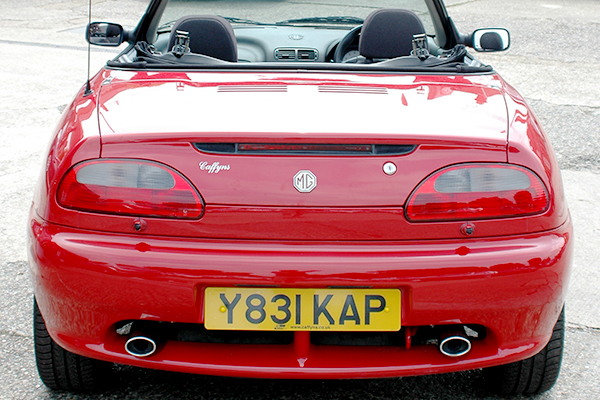
Credit: Image source - Ian Cushway
Running and driving.
Out on the road, performance should be crisp and roughly on par with a modern hot hatch. In other words we’re not talking supercar quick, but if you push it hard, it will be lots of fun to drive. And remember, the VVC has another 25bhp, which might come in useful. The steering should feel sharp and responsive and the handling sure-footed and nimble.
Fortunately, despite limited access to the engine, servicing is fairly simple and parts are relatively cheap, hence this is a great car for the budding home mechanic. Simply read this guide to identify possible problems and use them as a bit of a bargaining tool when checking out cars for sale.
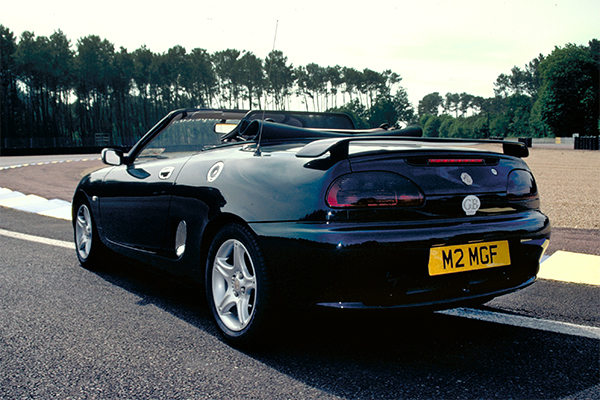
Credit: Image source - Moss Europe 2018
Does it rust?
When you go to view a car that needs resurrecting, start by carrying out a close visual inspection and find out what jobs, if any, have already been done. If the owner says it’s already had chassis repairs, enquire whether it’s had new sections or whether it’s been done like a patchwork quilt. Likewise, if the engine’s already had a rebuild, ask who did it and what new parts went in. If a project’s already been started, assess the quality of the workmanship - putting right a previous bodge is harder than starting with a fresh, untouched repair. Looking on the positive side, buying a part completed project might mean you’ve been saved some of the more difficult donkeywork, leaving you to tinker away to your heart’s delight with the rest of the restoration. Determine if the vehicle is in the seller’s name and check that they’ve got a V5. Buying a vehicle in bits without the proper documentation is a recipe for big headaches when you finally get it finished and try to get it registered. You can find out more by visiting www.gov.uk/vehicle-registration.
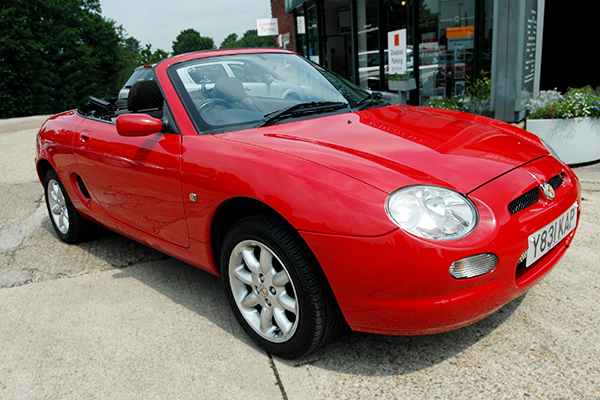
Credit: Image source - Ian Cushway
What about the engine?
That spirited K-series engine is excellent but sadly has a history of head gasket failure, made worse by its stifling midriff location. The fact that a low-coolant level warning light was only fitted to the very last TFs doesn’t help matters. Don’t worry too much though because most owners will have fitted a beefier multi-layer steel (MLS) gasket by now, so it shouldn’t be a problem. That said, it’s still worth paying attention to the temperature gauge when you scoot it along on a test drive and keep a look out for any signs of water/oil contamination during your underbonnet inspection. Oh, and be mindful of the fact that the radiator is at the front and the water pipes running underneath the car can develop air locks, corrode and leak, further increasing the risk of overheating.
On VVC engines, any rattling from the right-hand side of the engine could be the control unit – they don’t cope well with over-revving. Replacement is costly so don’t take any prisoners when negotiating the sale price. It’s also been known for the cam bolts to come loose or break, so try and check these if you can too.
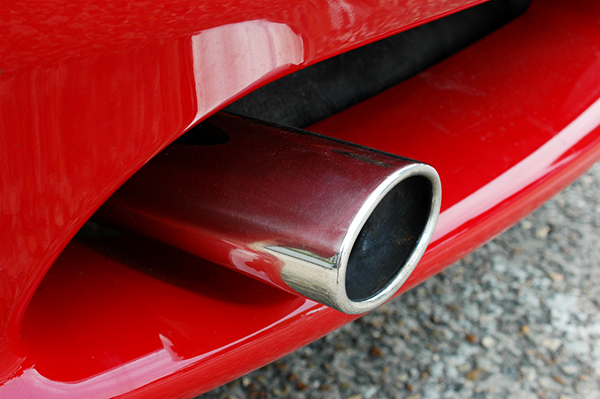
Credit: Image source - Ian Cushway
More to check.
These cars can sometimes experience damp start problems – not helped by the fact that louvres in the engine cover allow rainwater to fall directly onto the top of the engine. Most issues concern duff coil packs and problematic ignition leads; early cars had a single coil pack for two spark plugs and long ignition leads, while later cars were better because the packs were moved on top of the engine. Either way, if a car you view has problems starting, make ignition lead replacement your first plan of action. If it’s still reluctant to start, suspect the fuel pump. Again, it’s no big deal because none of the parts are expensive.
Look out too for faulty window regulators and central locking systems, along with occasional bad earth issues. In a nutshell, take your time and go through everything with a fine-tooth comb. The MGF’s electronic power steering unit is located on the column, so beware of any glowing dash warning lights in the cabin. Other things to look out for are worn upper balljoints and detached rear shock absorbers. An MGF that has sunk lower on one side, exhibits uneven tyre wear or doesn’t handle as well as it should, may have issues with the Hydragas system which might be an expensive fix.
Brakes should pull you up nice and straight, and don’t worry about occasional squeaks from the four-pot calipers fitted to the fiery 160 TF - they all do that, sir! Thankfully, brake components are competitively priced, and there’s all manner of upgrades available to improve things further.
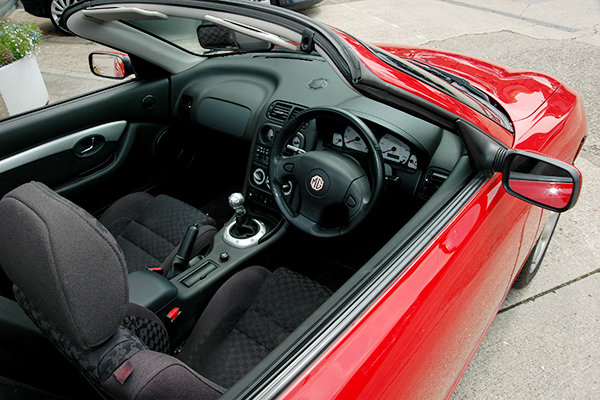
Credit: Image source - Ian Cushway
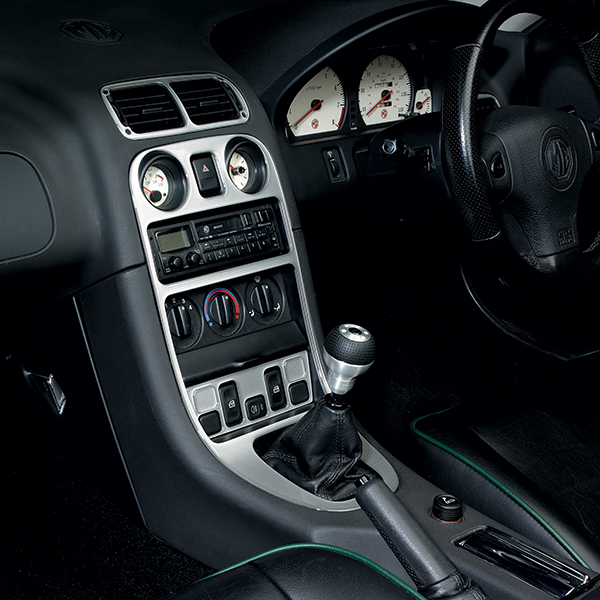
Credit: Image source - Ian Cushway
Top down thinking.
Hoods on pre-‘99 MGFs weren’t the most water-tight, usually due to ill-fitting or damaged rubber seals so check their condition if you discover a puddle of water on the floor. The TF hood is generally better. The hoods themselves rarely give problems and are quick and easy to fold, unless the frame’s been bent through misuse. You can even buy a hardtop here if you want all-year-round Tourer usability.
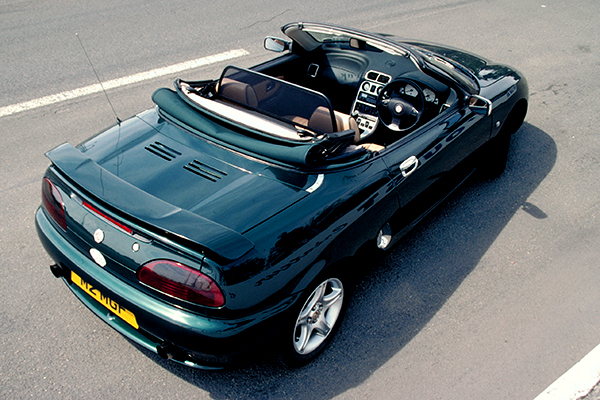
Credit: Image source - Ian Cushway
Make your mind up.
So which works best – the original, innovative F or the more purposeful looking TF? In truth, that’s still a much-debated issue and much is down to personal taste.
The MGF’s Hydragas suspension is excellent and provides a softer ride than the later, conventionally sprung TF – and for that reason you might find it more comfortable. The Hydragas system is not without its foibles though, not least the fact the system can develop leaks – you can check by prising back the rubber on the struts and looking for traces of fluid. White deposits are another giveaway. If wrongly set up, it can also scrub the inner edge of the front tyres so uneven wear is another sign that all’s not well. The original spheres are unavailable, but Moss Europe sells a Suprex Hydragas coil spring conversion kit which makes life a lot easier.
Build on the TF was possibly slightly improved and owner evidence suggests it feels generally better screwed together. The later car is also likely to carry more in the way of equipment, with items such as the passenger airbag becoming standard on the TF.
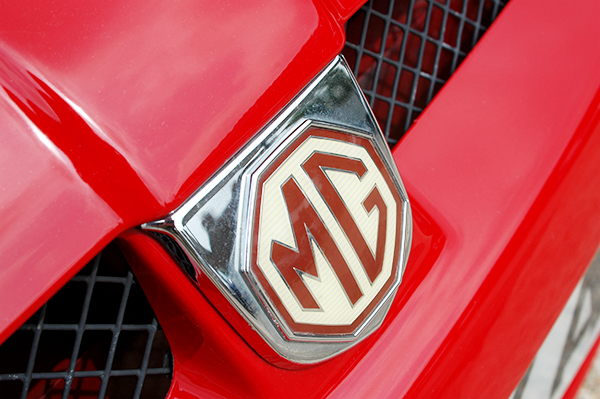
Credit: Image source - Ian Cushway
Values?
The good news is that it is still possible to pick up an MGF with an MoT but a few jobs left to do for under £800. Double this and you’ll find yourself behind the wheel of a nice one with leather trim and a bit of history. Cars with VVC won’t be any more so it’s worth seeking one out in preference to the stock model. Needless to say, autos and flaccid 1.6i models take longer to find buyers. The cheapest MG TFs kick off at around £1,000, while good examples with 60,000-70,000 miles on the clock rarely make more than £3000. We have to say, that’s not much to pay for a British-made modern classic icon.
Happy Hunting!
Moss Europe hold a good stock of parts & accessories for the MGF, so if you do purchase one you may want to check out their MGF online shop.
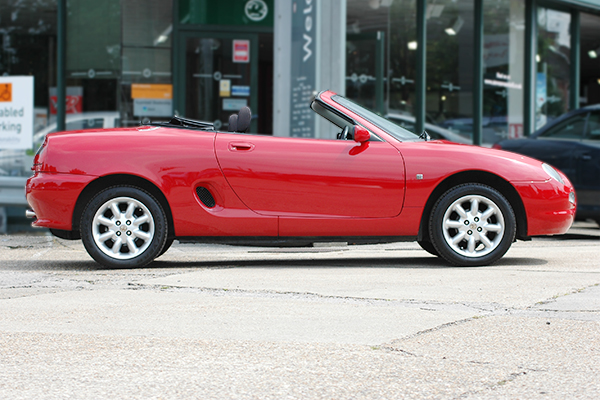
Credit: Image source - Ian Cushway

Keep up with all the latest from Moss Europe on our social pages.

|
|



















